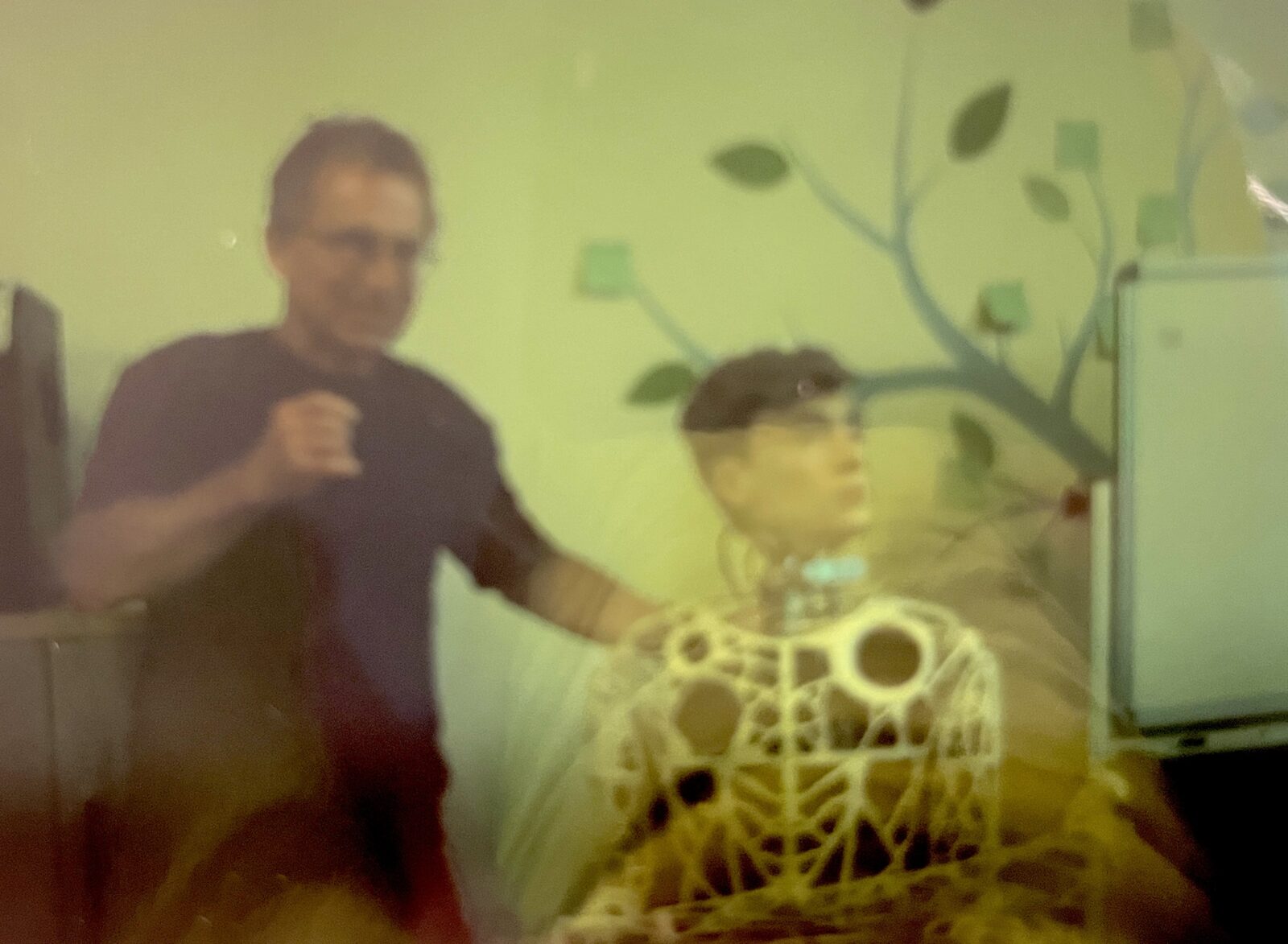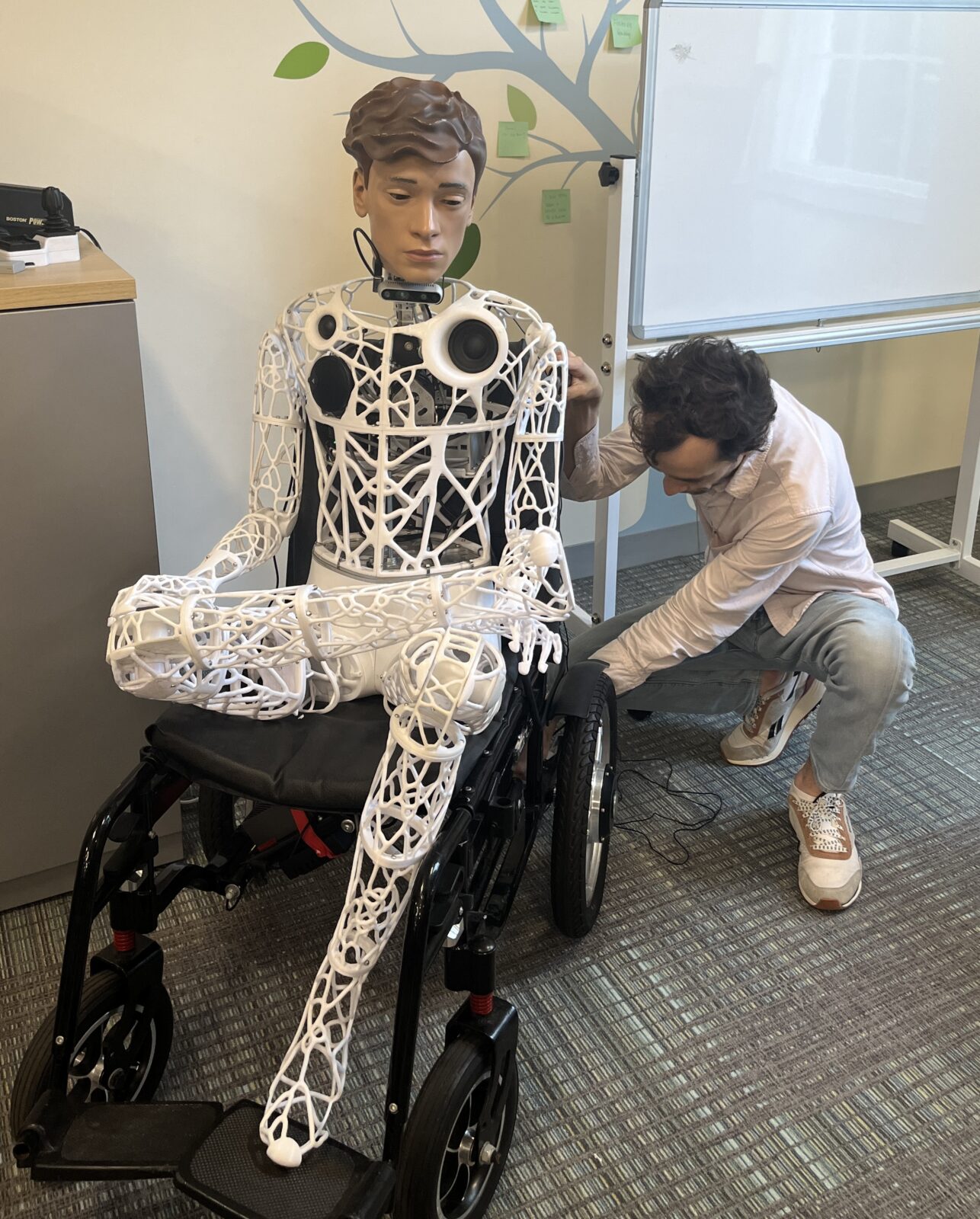In this presentation, there is a bit of advertisement for finite geometry and delta sets in particular. I also tried to get a bit into the history of finitist ideas in geometry and physics(starting with Riemann). One usually thinks about finite projective spaces when talking about “finite geometries”. I like to think about objects like finite graphs, quivers, simplicial complexes or delta sets as “finite geometries”. For me, an object starts to be geometric, if it has a derivative and so cohomology. Sets or “sets of sets”=hyper (sgraphs are geometric objects also but they are mostly 0 dimensional in that the derivative that is constant 0 is the only possibility. That means they are zero dimensional objects. Already any finite simple graph has a higher dimensional geometry, where the dimension is the dimension of the maximal implex (clique) contained in the graph. Maybe something is original in the talk: I give a recursive 2 line code to compute all the complete subgraphs (cliques) of a graph. It is a simple recursive algorithm using the fact that the cone extensions of the cliques of the unit spheres make the cliques of the graph.


At the beginning, I made a bit of advertisement for “brevity” or “smallness” and illustrated it with the programming language BF. I learned about the brainfuck programming language from this novel by Sibylle Berg. Here are sample pages (PDF) from a translation into English. It is funny. The book feels a bit of nostalgic because hacker culture already did not exist any more, obliterated by social media and nihilism (more and more illiteracy about the foundations of things which is natural, given that the spectrum of knowledge is so large). Being a technological nerd was in the first part of the 21st century still valued. Stuff did not work in general and needed fixing. We hardly need these skills any more. Machines just work. Most programmers already 20 years ago worked with integrated development environments. Then came tools like copilot and general purpose AI does the programming. There is hardly need any more to go deep and understand something from the ground up. Now, we are in the danger that the same decay happens with all our own cognitive knowledge as AI might just do the thinking for us. About BF: It is not that difficult so see that the language is Turing complete. And here is the interpreter mentioned in the talk. You can get the mathematica interpreter by entering “write me an brainfuck emulator in mathematica” to your favorite AI assistant. On campus, I had the chance to talk to Captcha, a humanoid robot who was visiting the Bentley campus. Quite impressive that the machine is local, not depending on external AI but has a built-in system. It was demonstrated by Vlad Grankovsy from Hidoba research. It can chat like a person and behaves in a human way like refusing to do math problems. It asked me to tell a joke and I asked “What is this? It has 5 toes but it is not your foot?” The robot laughed politely, even so the joke was not yet finished. (“It is my foot!”). One of the instructors of Wolfram research made a Polaroid photo. See above. t

